6 Feng Shui Houseplant Decorating Mistakes Practitioners Want to Warn You Against
Spiky? High-maintenance? Fake? All big no-nos when it comes to bringing plants into your home, according to Feng Shui experts
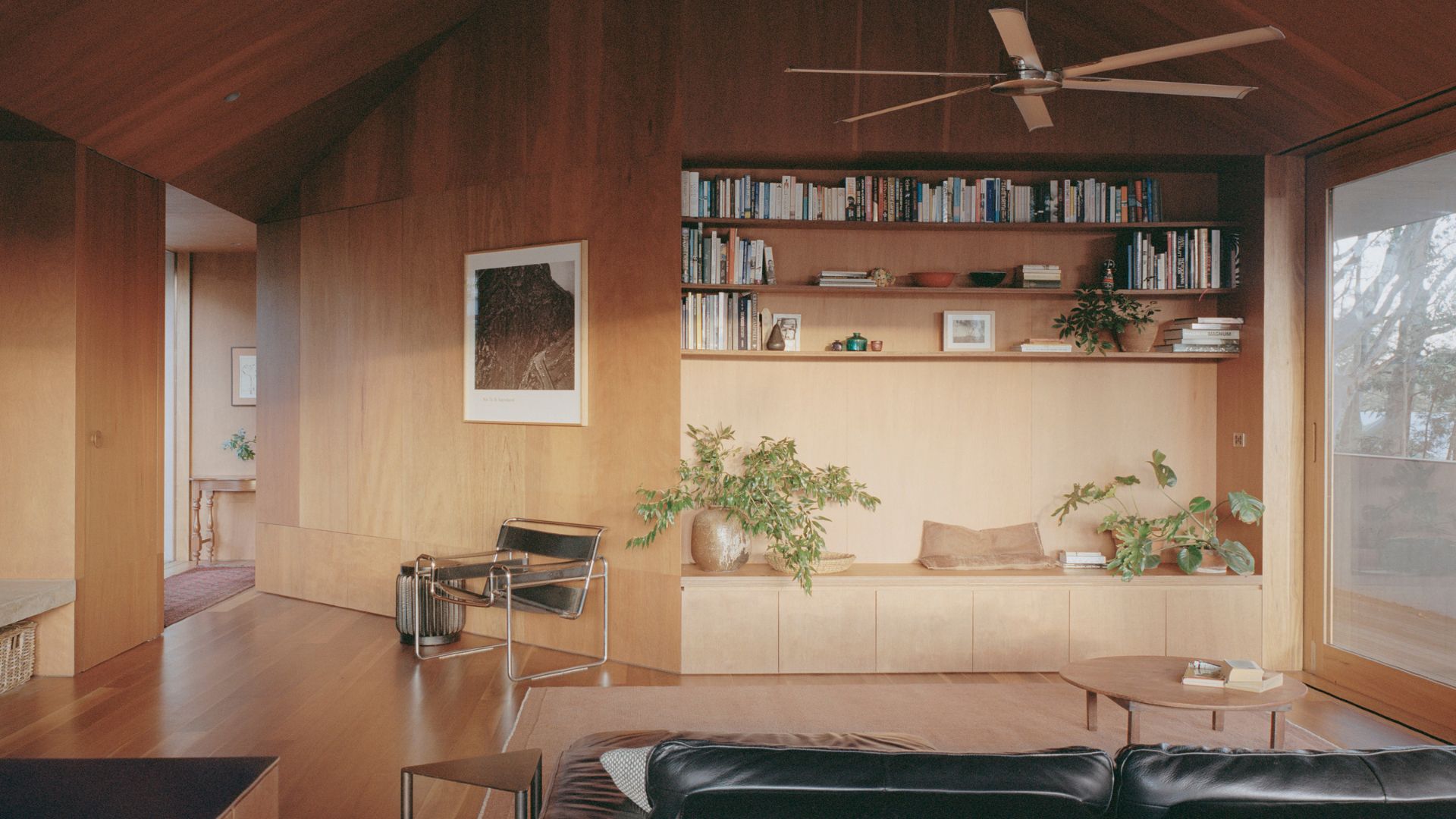

Long gone are the days when plants would sit simply as mere accents. Now more than ever, they happen to be sought-after pieces of décor that offer so much. But if you believe in the ancient philosophy of Feng Shui, then there are a couple of things worth considering to help you avoid those houseplant decorating mistakes.
And it's not just about selecting the right Feng Shui plants for your home. Expert practitioners tell us that there's more to creating an inviting indoor garden than just the varieties adorning your favorite sun-lit rooms.
From leaf shapes to mastering the balance of yin and yang, here's everything you need to know to come across as an expert Feng Shui plant stylist in your own right.
1. Decorating With Spiky Plants Indoors
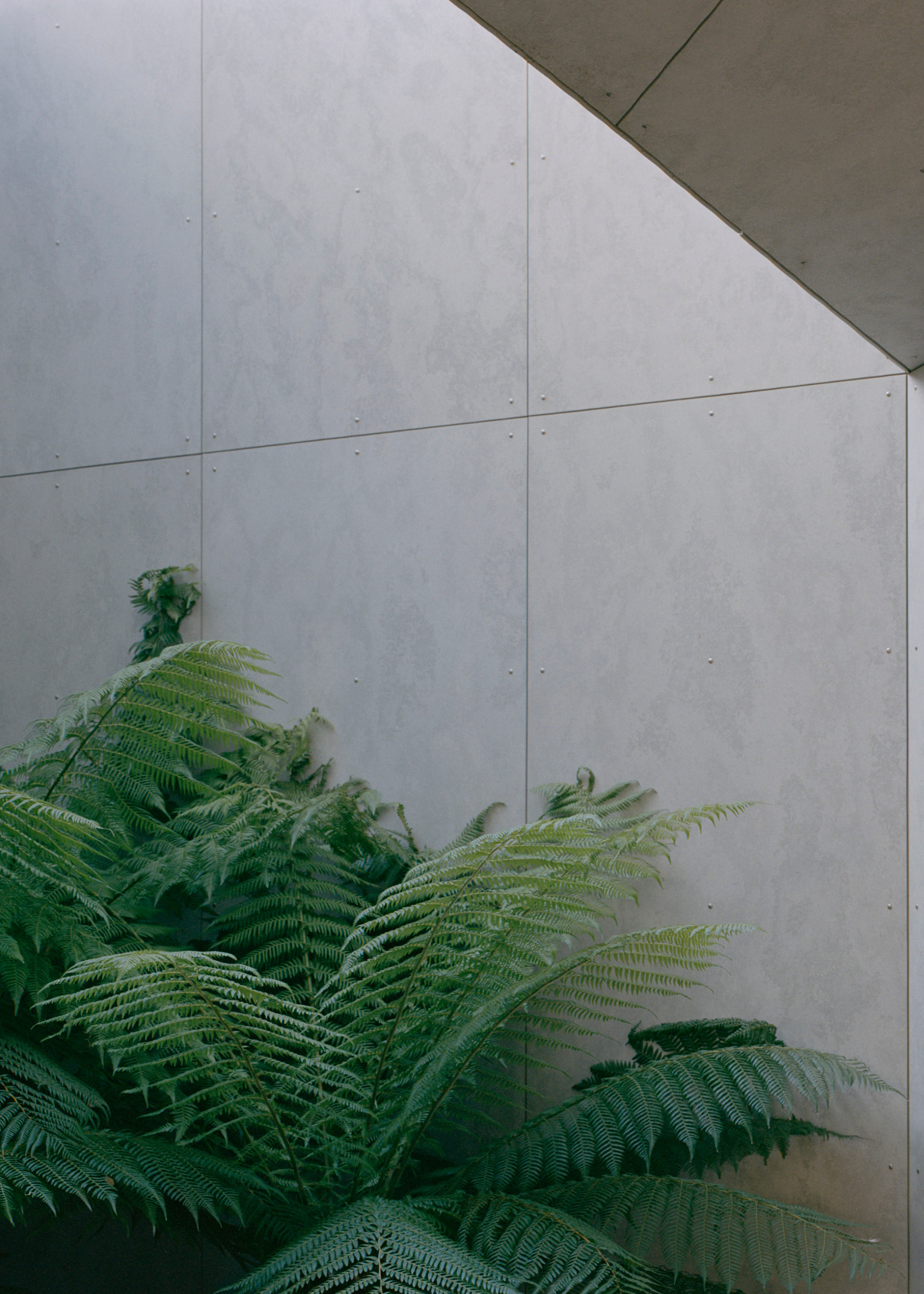
Instead: Accessorize with curved leafage.
Feng Shui expert Zoë Vita James tells us that it's best to avoid decorating with plants featuring spiky leaves. "This is because they can sometimes create unhelpful energy known as ’sha chi’," she notes. "In Feng Shui, this can be particularly problematic if the points of the leaves are pointing at you whilst you are sitting or sleeping.
"Always choose houseplants with rounded leaves and lush in their shape to help in abundance. One of my personal favorites is the maranta, known as the prayer plant. And there's the lovely bonus that some marantas close their leaves at night, which helps to remind you how alive these plants really are!"
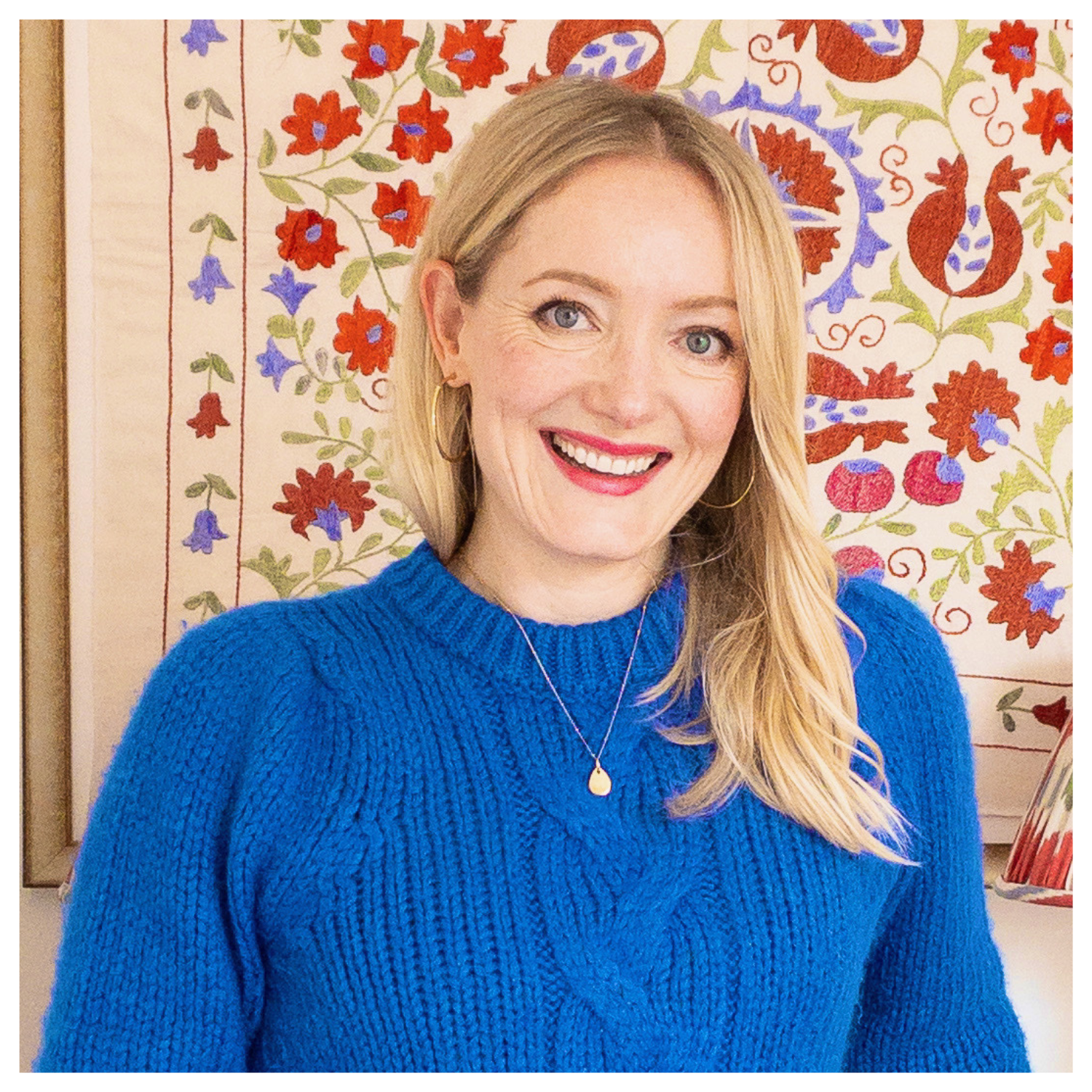
Zoë Vita James is an authentic people-centered Feng Shui consultancy that empowers and enlightens ambitious women to perfectly align their space and their lives with their aspirations and dreams. She co-founded and co-hosts the podcast 'Feng Shui: The Real Thing' and is on a mission to create a legacy where the art and science of authentic classical Feng Shui is widely understood and used in the West to transform lives.
2. Fostering Plants That are High-Maintenance
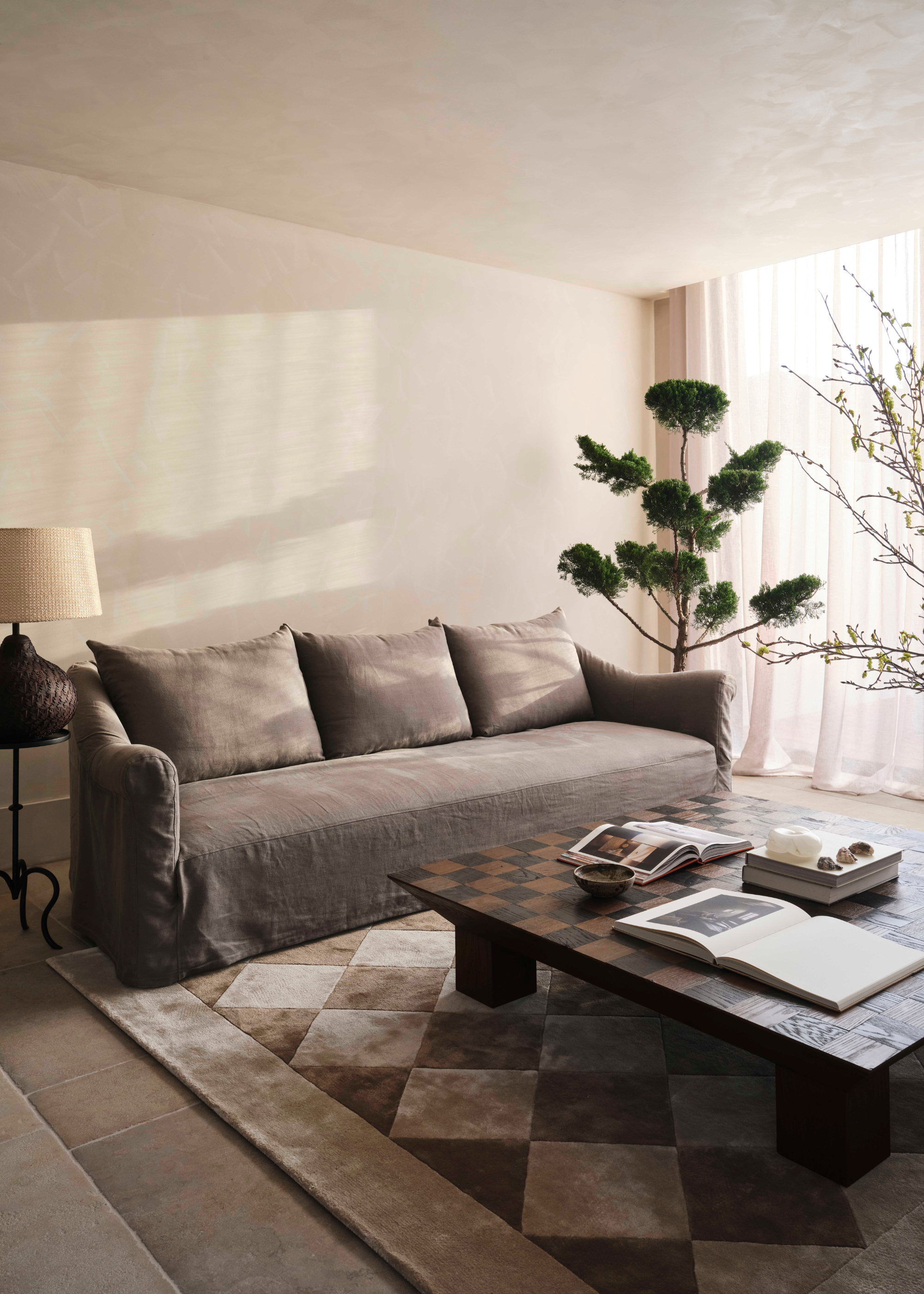
Instead: Cherry-pick low-maintenance plants that are bound for success.
"Any plant that you cannot keep well would be one to avoid," says Feng Shui practitioner Anjie Cho. "You want to do your research and find plants that match your care abilities and the amount of natural light in your home.
"It is important that your indoor garden thrives and stays healthy and happy. So be honest with yourself, and if you don't have the greenest thumb, simply choose easy-to-care-for low-maintenance plants."
She goes on to explain that typically, people want more ease, health, and steady growth. And therefore, plants that overwhelm you in any way are counterproductive and should not take up space in your home.

Anjie Cho is an architect and Feng Shui educator from New York. She's been in the industry since 1999 and is now the co-founder of the Mindful Design Feng Shui School.
3. Using Fake Plants for Chi
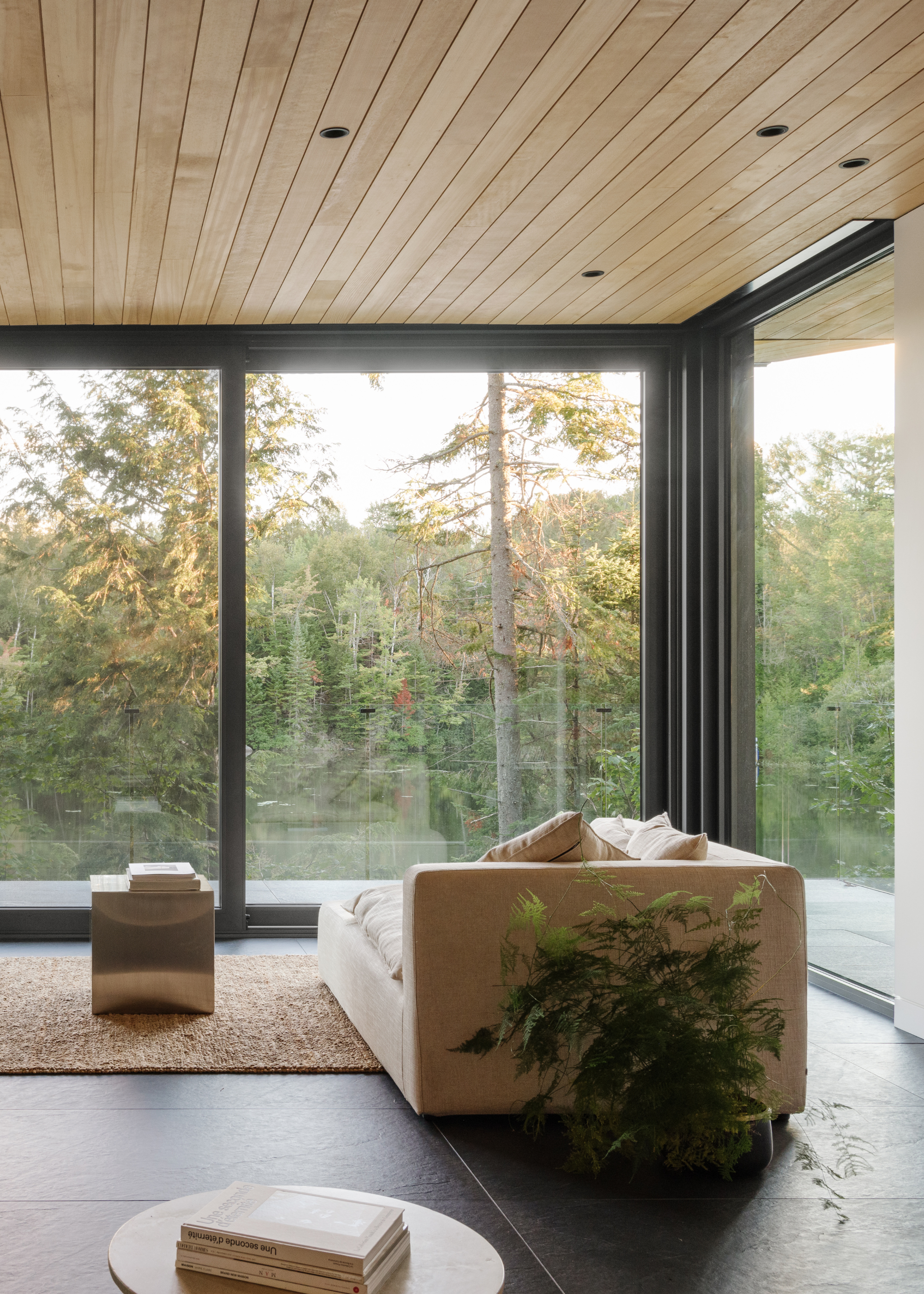
Instead: Bring home live houseplants that are beginner-friendly.
Are fake plants bad Feng Shui? "No," says Anjie. "It’s okay to have fake plants in your home, especially if it’s a location with no natural light, or a second home where there isn't someone present to care for a real plant properly.
"That said, it’s ideal to have a living plant if you are specially bringing the plant into your home for a Feng Shui purpose. For instance, if you want to facilitate a change strategically with a plant Chi (life force energy) adjustment, you would not use a fake plant."
She explains that a fake plant will not impart the same Chi as a living one. So if you're using faux foliage in the name of Feng Shui enhancement, then you might want to make the switch to live houseplants instead.
4. Ignoring the Balance of Yin and Yang
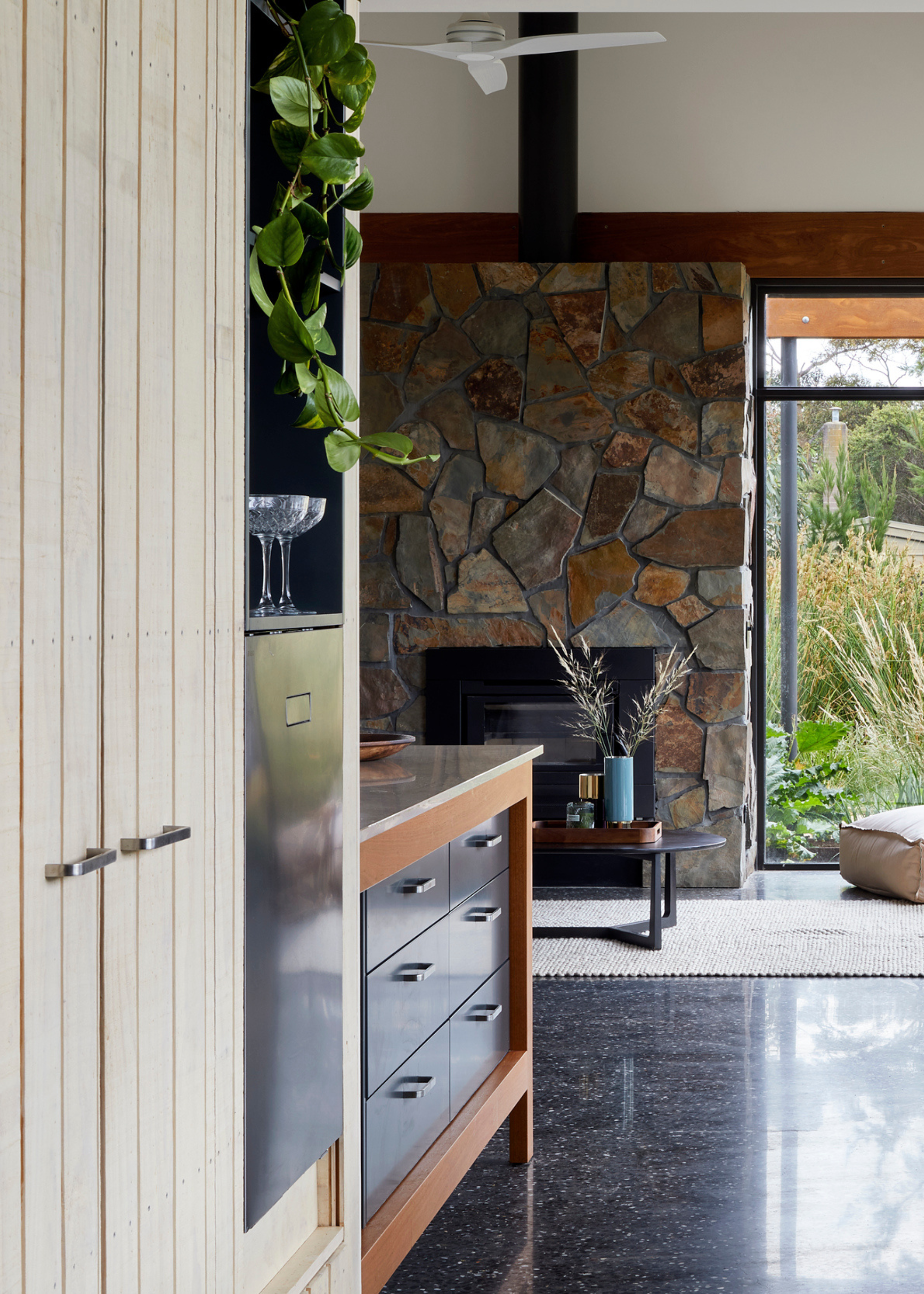
Instead: Decorate your plant-heavy rooms with intention.
According to Feng Shui master Marie Diamond, one of the most common houseplant decorating mistakes involves ignoring the need for a harmonious balance between yin and yang.
"Too many plants in one space, especially large leafy ones, can create an overabundance of yang (active energy) or make a space feel visually heavy," she says. "But there's an easy fix to this error and Feng Shui your home for Spring in one go.
"Resolve by mixing lush, vibrant plants (yang) with calm, shaded areas or soft textures (yin). Also, use pots that are light in color, ceramic, or natural materials for grounding."

Marie Diamond is a world-renowned transformational leader, speaker, and global best-selling author. She is a Feng Shui master and star of the global phenomenon “The Secret”.
5. Placing Plants in Wrong Feng Shui Zones
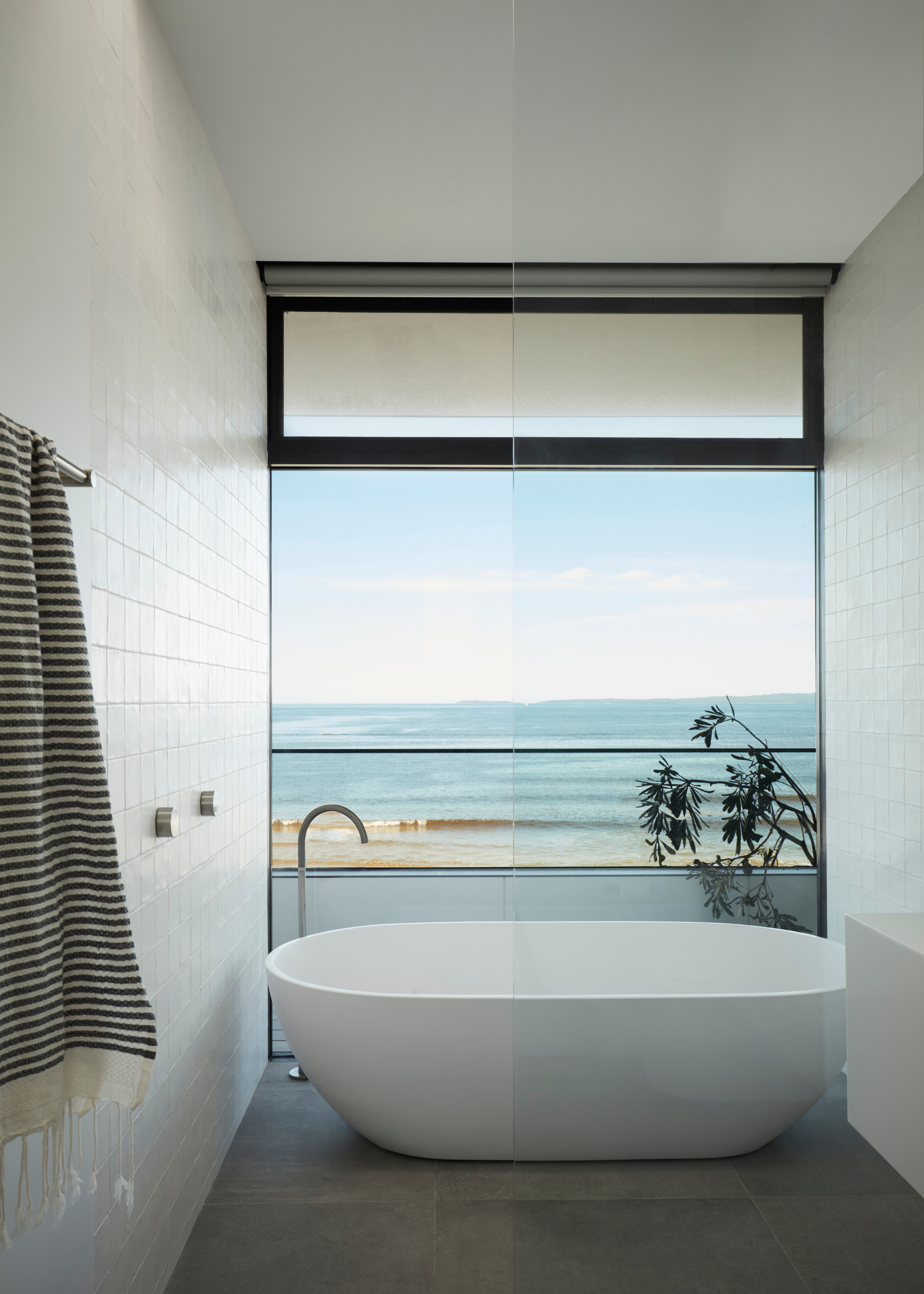
Instead: Focus your plants in the Feng Shui zones they're meant for.
Marie tells us that each area of your home corresponds to a different life aspect in the Feng Shui map. And this explains the intricacy behind the art of houseplant placement in honor of this Chinese home wellness philosophy.
"Plants represent the wood element, so they enhance some areas but may weaken others," she notes. "So, avoid placing them in the north area of your home.
"Instead, shift them to beneficial areas such as the south, southeast, and east, as they support the wood element."
6. Letting Your Plant Pots Get Dusty
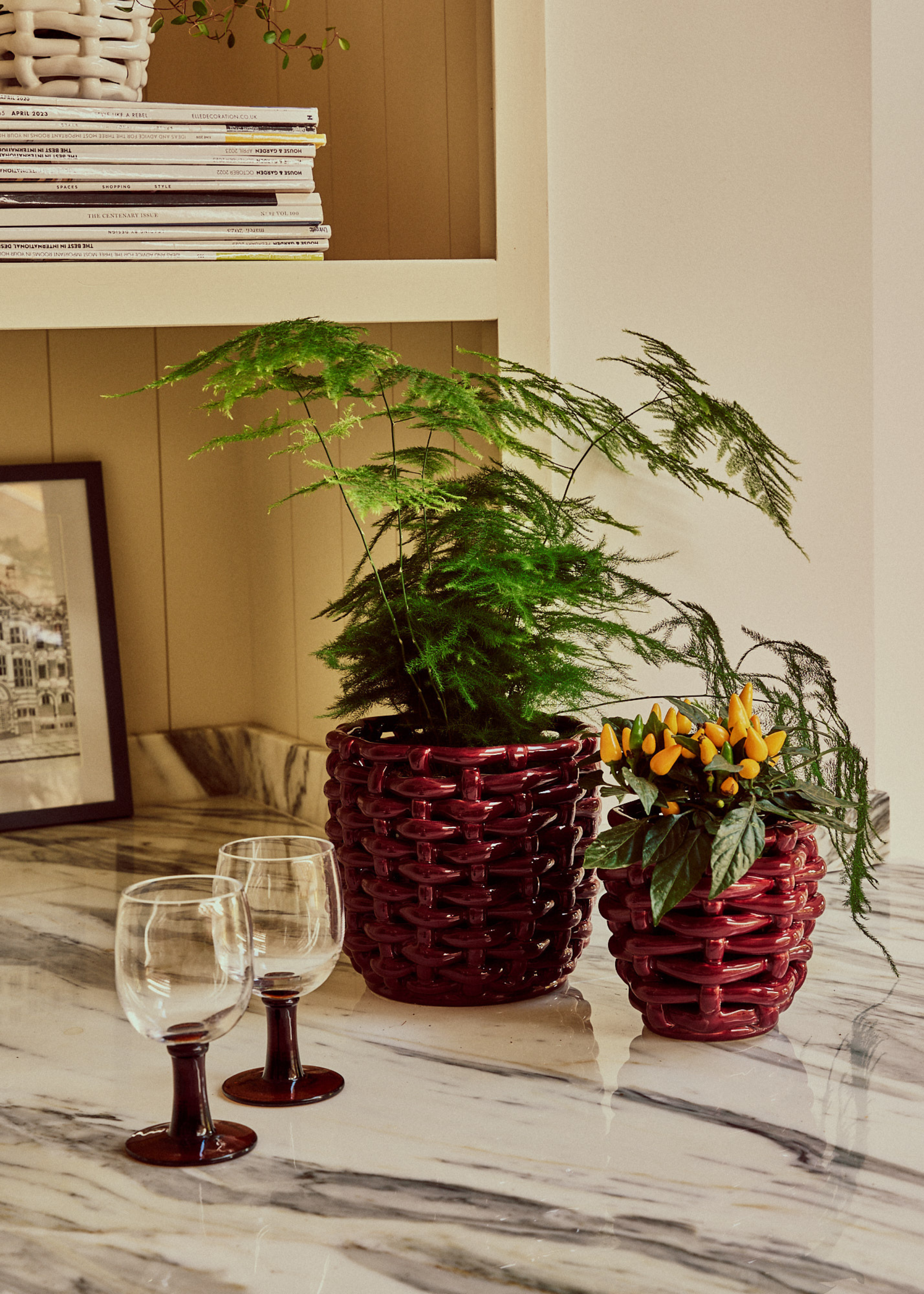
Instead: Give your plants and their homes a dusting every so often.
Since it's the year of the wood snake in Feng Shui, you might find yourself wanting to introduce a couple of new additions to your indoor jungle. However, as your collection grows, Marie warns against letting them get dusty.
"Pots covered in dust, mold, or broken trays represent neglect," she says. "And that energy can spill into your wealth, health, or relationships.
"Fix it by wiping down leaves and containers regularly. I also recommend keeping the area around plants clean, uncluttered, and full of intention."
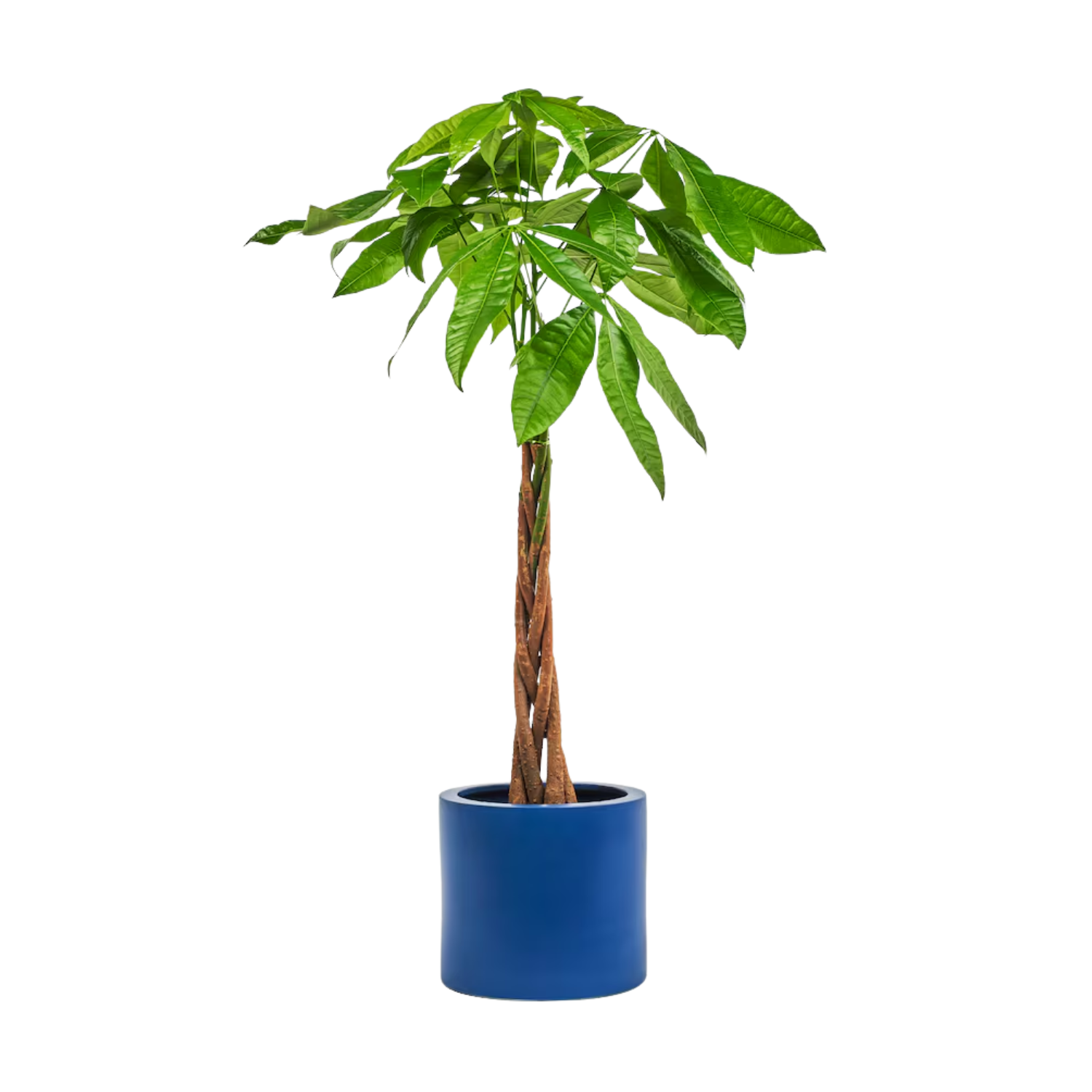
Height: 90 cm
Spotted in Beards & Daisies' collection at H&M, this money tree is a brilliant addition to your Feng Shui interior garden. Plus, with our money tree care guide, growing this prosperous plant will be a breeze.
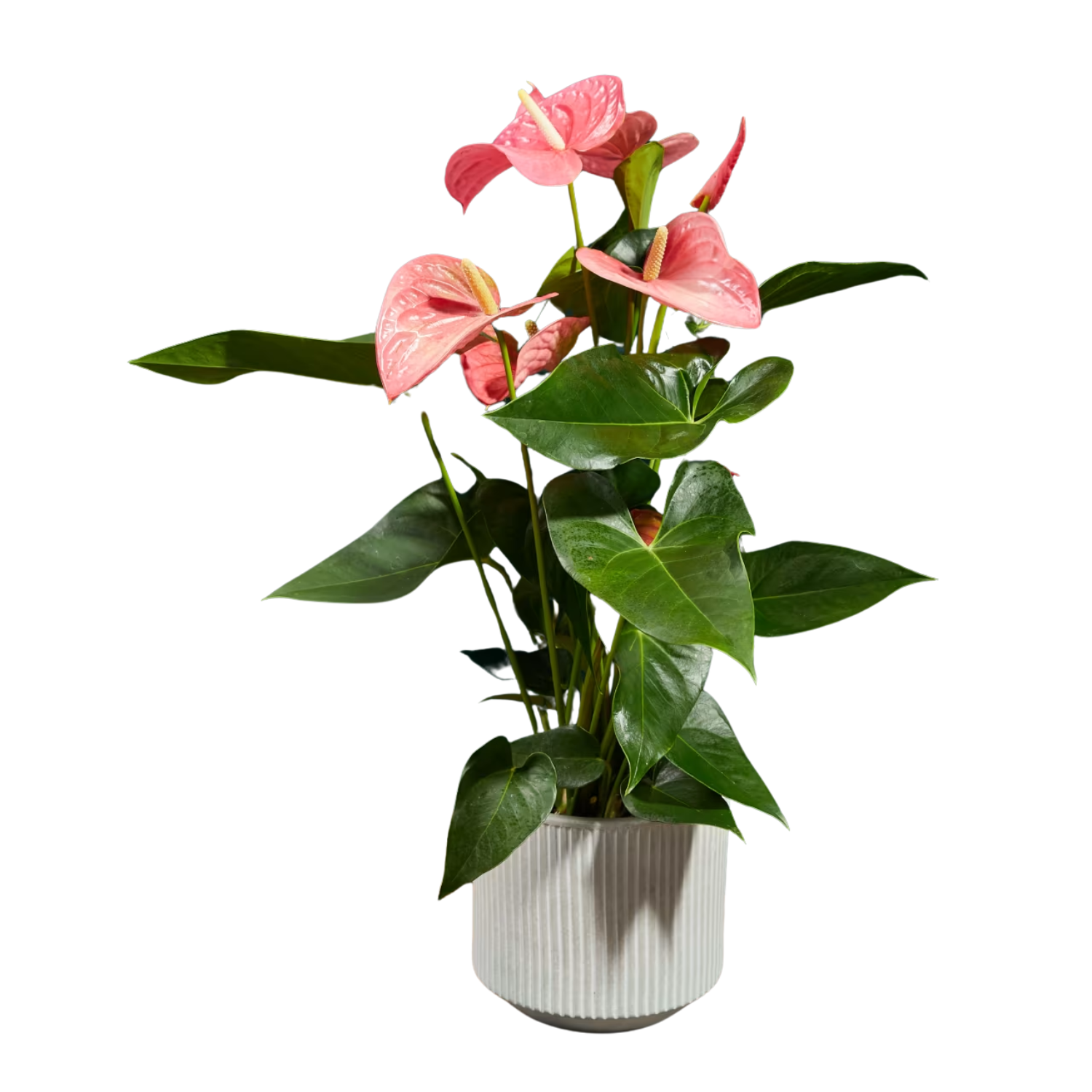
Height: 60 to 70 cm
Heart-shaped blooms and heart-shaped leaves make this pink anthurium from H&M a charming addition to any Feng Shui collection. And it comes in a ribbed ceramic planter that's the perfect finishing touch.
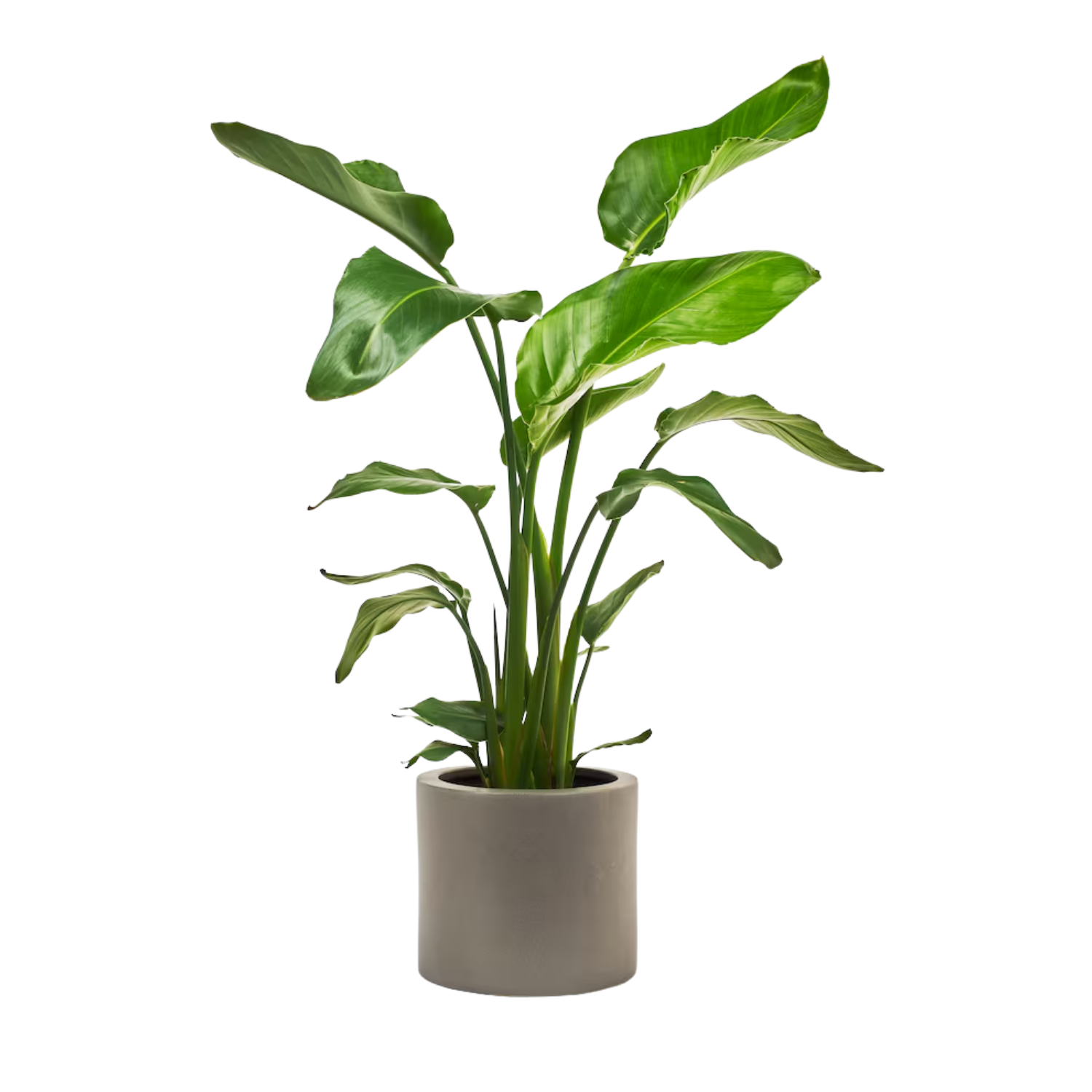
Height: 70 cm
Styling a bird of paradise is easy, considering how gorgeous the plant is all on its own. And this bird of paradise from H&M offers all the beauty with none of the work to grow it from scratch.
FAQs
Is it Bad to Decorate with Houseplants in a Bedroom?
"While plants promote life force in most parts of the home, in the bedroom, they can disrupt restful Yin energy with too much upward, active movement," says Marie. "And this is especially true with large plants.
"Instead, I recommend using silk plants or decorating with botanical art if you want the feeling of greenery without the energy activation."
Now that you're well aware of the Feng Shui houseplant decorating mistakes experts frown upon, you can cultivate an indoor garden that's beautiful and positive in its energy.
Just remember to avoid introducing any of the qi-disrupting Feng Shui plants, and you'll be golden.
Be The First To Know
The Livingetc newsletters are your inside source for what’s shaping interiors now - and what’s next. Discover trend forecasts, smart style ideas, and curated shopping inspiration that brings design to life. Subscribe today and stay ahead of the curve.

Amiya is a Home Wellness Writer at Livingetc. She recently graduated with a Masters Degree in Magazine Journalism from City, University of London, and has lent her words to beauty, fashion, and health sections of lifestyle publications including Harper’s Bazaar and Women’s Health. Her experience as a research analyst has equipped her with an eye for emerging trends. When she’s off the clock, she can be found reading, listening to music, or overanalyzing her latest Co-Star update.
-
 Jeremiah Brent Captures the Grit and Glamour of NYC in His New Loloi Collaboration
Jeremiah Brent Captures the Grit and Glamour of NYC in His New Loloi CollaborationThe TV-famous interior designer looked out of his own window — and hit the pavement — for a collection that turns city spirit into tactile design
By Julia Demer
-
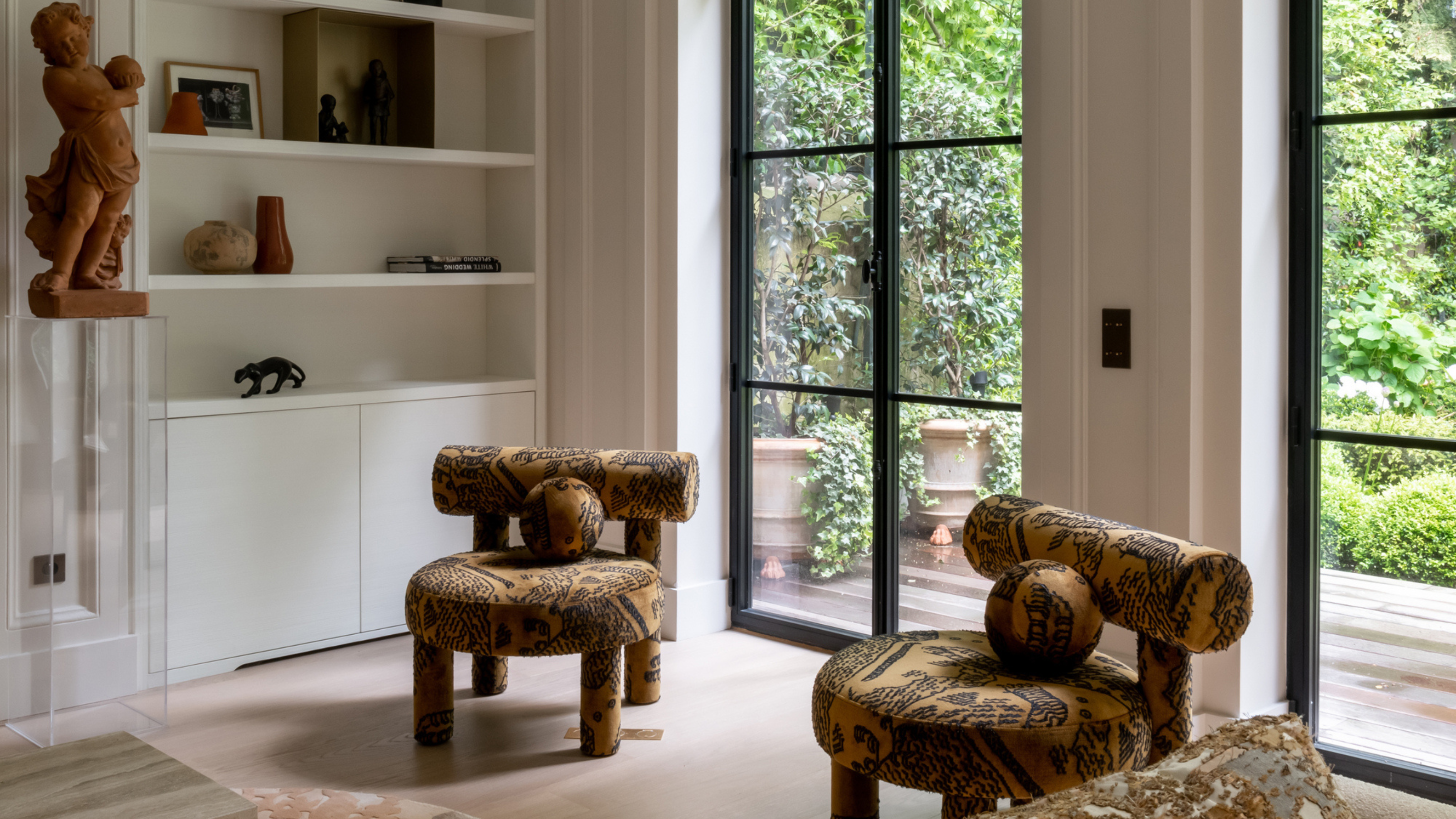 This Specific Fabric Print Is Literally Everywhere Right Now — Here's Why
This Specific Fabric Print Is Literally Everywhere Right Now — Here's WhyIt's whimsical, artistic, and full of character. We've called it already: Dedar's 'Tiger Mountain' is the fabric that will define 2025
By Devin Toolen